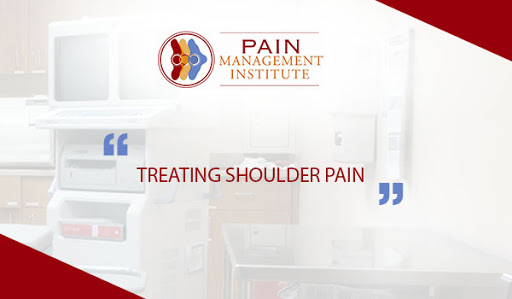Treating shoulder pain
Quick Facts
- Shoulder pain is the third most reported cause of the musculoskeletal consultancy in the primary care
- 1% of the adults with developing shoulder pain, consult their general physician every year
Risk factors that aggravate shoulder pain
Physical risk factors that are associated with occupation involves repetitive movements and vulnerability to heavy machines and tools
Psychosocial factors pertinent to work may also be the risk factor for shoulder pain, involving stress, working hours and pressurizing environment, social support and job satisfaction. However, the influence of these factors is a bit weaker
Athletes whose sports activities involve intense pressure and high influencing contact sports are at a higher risk of shoulder pain
Causes of shoulder pain
Patients appearing in primary care usually report a combination of various shoulder problems such as;
Underlying shoulder pain
- Rotator cuff disorders:
- Rotator cuff tears.
- Sub acromial pain, Subacromial bursitis, tendonitis or Tendinopathy.
- Frozen shoulder
- Arthritis
- Infection (rare)
- Shoulder instability or Shoulder Dislocation
External shoulder pain
- Pain arises from the neck, spreading to the shoulder
- Rheumatoid arthritis
- Lung cancer
The four most common reasons of shoulder pain and impairment in the primary care are the rotator cuff disorders, joint disease and neck pain
Assessment of shoulder pain
At The Pain Management Institute while diagnosing the shoulder Dr Zaki Anwar MD, Pain Management Specialist and founder of the Pain Management Institute asking you a few questions about your historical medical condition
Shoulder Pain Management
Management of shoulder pain in primary care has been often conservative and reduce and prevent overhead activities, medications for pain relief include Corticosteroid injections. If triggers doesn’t settle quickly or are severe, physiotherapy is more helpful to treat any focused cause
Rotator cuff disorders:
- Can be managed by modifying the lifestyle and activities, involving the movements such as reaching overhead
- Taking NSAIDs and over the counter pain medications
Rotator cuff tears
- Physiotherapy and steroid injections may be helpful for minor tears.
- For larger tears symptoms may benefit from early reference to a Pain Management Specialist or orthopedics
- Surgical treatment usually involves arthroscopic rotator cuff tendon repair.
Expectancy
The risk of developing chronic shoulder pain depends on the intrinsic cause
Elderly age, female gender, triggers of gradual onset, long term symptoms, severe or repetitive symptoms and related neck pain are responsible to produce worst outcomes
Recovery for chronic shoulder pain is usually slow, studies have complete recovery in one month in 23 % of patients and 18 months in 59% of patients


